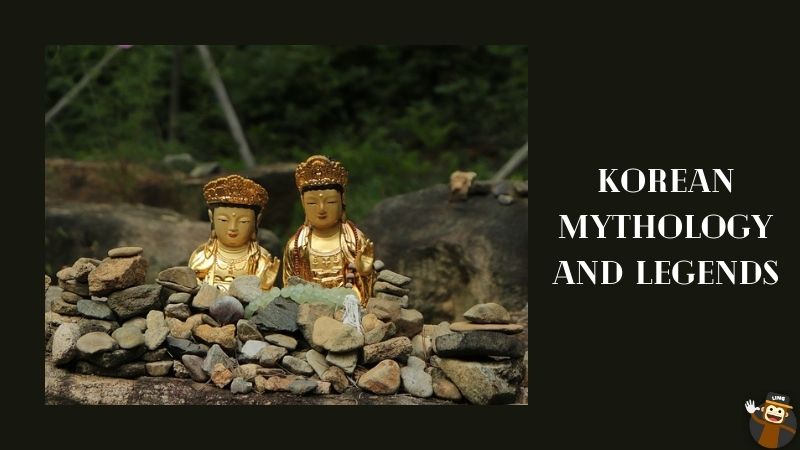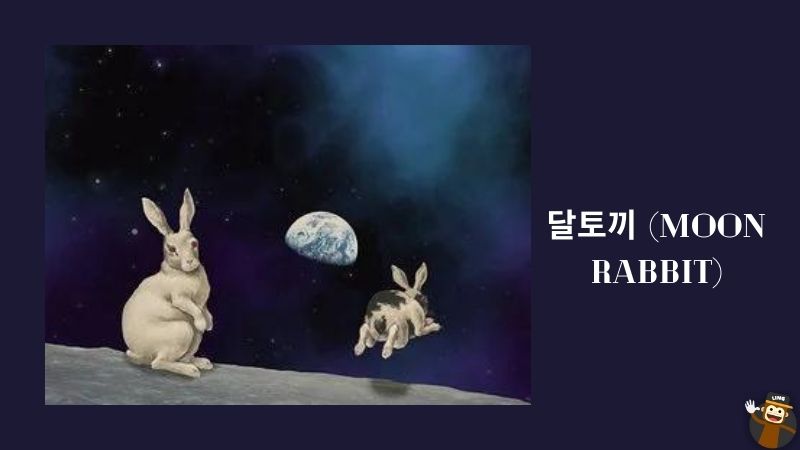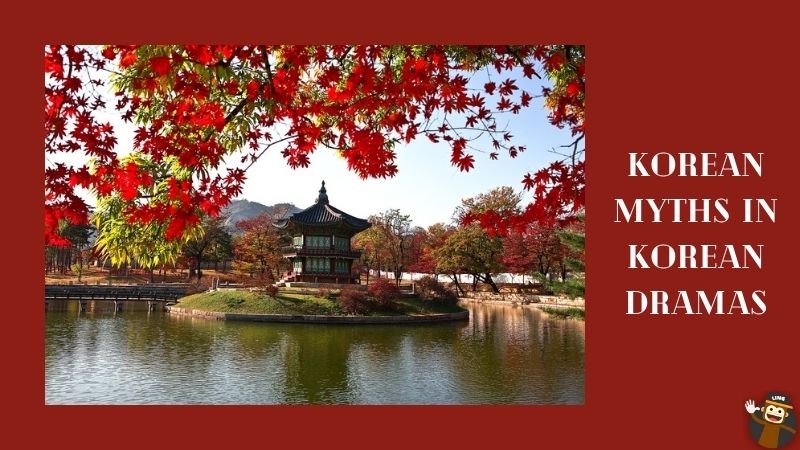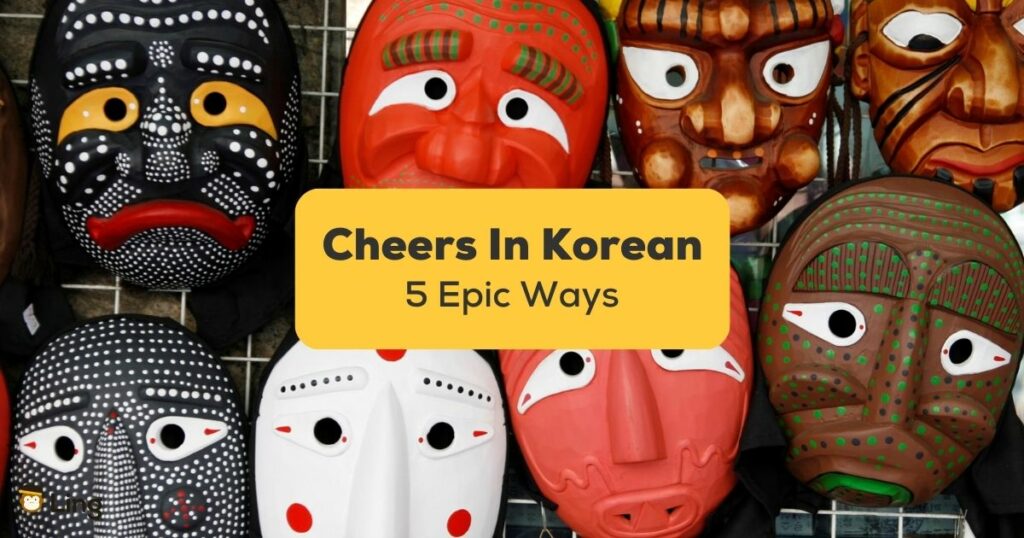Myths and legends are the backbones of every culture, which is the case with Korean culture. To understand it, you need to learn about different Korean myths. This blog post will guide you through the top 12 most interesting Korean myths.
Korean Mythology And Legends

Korean supernatural stories, unsurprisingly, have such a way of capturing our interest with their unusual themes. This is because the screenwriters have access to various Korean mythology and urban tales. There are no boundaries for letting their minds run unchecked, from god-like “dokkaebi” (도깨비- Goblin) to angry ghosts.
However, for overseas viewers unfamiliar with Korean culture, here are some fascinating facts from Korean folklore to better comprehend your loved Korean dramas and movie characters. Which will make you fall in love with K-dramas again!!
Totemic/Shamanistic Cosmology
The totemic and shamanistic (Korean shamanism) traditions seem to be the most indigenous cosmologies in Korea. They extensively use local topography like rivers, mountains, and other natural features.
Totemic and shamanistic stories from medieval Korea are part of a broader undocumented oral literature centered on the Mudang region (shaman). The Mudang served as both a narrator and a shaman. Also, most stories appeared to attempt to legitimize the Mudang’s abilities or describe the origins of a particular tribe.
고조선 건국 신화 (Gojoseon’s Founder Myth)
It’s one of Korea’s most prominent foundation myths. This is about a deity named ‘Hwanung,’ the third son of the heavenly emperor ‘Hwanin.’ He expressed his desire to control the people on Earth with his father since he was concerned for their well-being.
The Divine Emperor approves the plot, and the deity comes from paradise to rule over the human world. When he landed on Earth, at the summit of “Mount Taebaek,” he was armed with three thousand followers, three heavenly seals (cheonbusamin), and the three lords of rain, cloud, and wind.
And so, he constructed “Shinshi,” the Kingdom of the Gods. He was in charge of 360 different human concerns in several distinct living areas, ranging from farming to justice.
Another interesting fact is that when Hwanung was in human form, he got a wife who gave birth to a boy named Dangun. Dangun was then given the title of a forefather of the Korean people.
계룡 (Gyeryong – Korean Dragon)
Korean dragons are similar to Chinese dragons and have a decent amount of Chinese dragon influence. They are benign entities associated with water and agriculture. They are commonly referred to as the rainy season’s callers.
As a result, dragons are thought to inhabit rivers or seas in Korea. Another type of dragon in Korea is the “Gyeryong” (계룡), the chicken dragon. The Korean dragon can be distinguished from the Chinese dragon by its long beard and the fact that it is portrayed carrying the “Yeouiju orb.” The orb, which was supposed to have divinity and creation skills, can only be wielded by dragons with four toes or more.
Korean dragons were formerly thought to be “Imugi,” or serpent-like dragons. There are various stories about how Imugi turns into a dragon. One person said that becoming a dragon might require thousands of years, while the other claimed they’d have to capture Yeouiju as he fell from the sky.
구미호 (Gumiho)
구미호 (Gumiho) means “nine-tailed.” This legendary beast will be quite well known to Kdramas fans. It has appeared in several Asian plays like “nine-tailed fox.” It is popular in various Asian cultures and has even appeared in a popular video game (League of Legends).
The drama’s monster is sometimes shown as a lady who has been cursed to be this pitiful creature and has been unable to find true love until she ensnares some unfortunate guy. The Korean legend, on the other hand, is much more nefarious.
They are indeed fox-like beasts, capable of transforming into a lovely woman and luring the guy away from his liver. If it could go 1,000 days without eating human meat, it would no longer shift into a fox, and it would remain a human for the rest of its life.
해태 (Haetae)
When you visit Seoul, you will most certainly see a lot of 해태 (Haetae) or Haechi. This creature is a bit unusual with the body and head of a lion, scales over the entire body, and curving spikes on the head.
This creature is recognized as a protector, trying to ward off bad omens and serving as the city’s emblem to attract the good omens. As a result, you’ll see sculptures guarding various structures around Korea.
달토끼 (Moon Rabbit)

The “Moon Rabbit” or “Jade Rabbit,” aka 달토끼 (Daltokki), is another fantastic Korean myth. This rabbit is discovered by studying the creation of the moon’s scars. It began as a Chinese legend, adopted and altered in Korean mythology.
If you look up and into the clouds, you might notice different formations. You might see anything that you wish to see up there. In the Chinese/Korean culture, the people looked at the moon and noticed different formations, and one was of a rabbit on the moon.
There are various decorations with the rabbit in the moon image. This rabbit, which is thought to be already beating its mallet for rice cake, has now become a sign of the mid-autumn holiday “Chuseok.”
귀신 (Gwisin)
귀신 (Gwisin) means ghosts, referring to the ghosts in Korean mythology. This is how a Korean person refers to a ghost. It is similar to the spirits that we are generally acquainted with in Western culture in that they will generally be legless, floating in the air, and one can see through them.
They frequently have unresolved issues (such as vengeance), and to draw attention, they might toss items around or produce a chill in the atmosphere.
The critical distinction is that they are usually female and have long hair, a frightening look, and white burial garments. Other forms include males and, the strangest, an egg-shaped creature with no legs, limbs, or eyes.
도깨비 (Dokkaebi)
In Korean mythology, the 도깨비, also known as Dokkaebi, is the Goblin. Their body shapes may vary, but it’s always intended to frighten and amaze anyone who sees it. They were notorious for asking riddles, making jokes, and challenging tourists to wrestling matches for the chance to continue traveling.
Travelers were advised to concentrate on their right side since they were frequently claimed to only have a single leg on that side. They were known for carrying magical artifacts like hats that could make them vanish or clubs that could summon goods.
This might also explain why the Goblin is the South Korean soccer club symbol to make the opposition squad fearful of the unexpected. Also, Children love to watch movies about Dokkaebi, and you might like it too!
저승사자 (Jeosung Saja)
저승사자 (Jeosung Saja) is the Korean equivalent of the Grim Reaper. They’re supposed to help individuals who have just died find their way to the afterlife.
They traditionally donned a black hanbok and a black cap. However, since Lee Dong Wook’s actors performed in ‘Goblin,’ they are more frequently shown as wearing an expensive black coat with a fedora.
The Jeosung Saja is a dreaded figure for Koreans since a grim reaper is frequently seen after someone dies and is a worrying sign. Of course, you don’t want to come into contact with one!
강림 도령 (Ganglim-Doryeong)
To help solve a murder case, the monarch tasked ” Ganglim-Doryeong ” to introduce King Yeomra into this world as a heroic warrior known for bravery and determination. He went to the afterlife and captured ‘King Yeomra’ with the assistance and guidance of his wife.
His brilliance and cleverness completely delighted King Yeomra, so he promoted him to the top of the “Jeoseung-saja” (the messenger from another realm). If his title of “Ganglim-Daewang” is any indicator, he is currently thought to have become the ruler of all Jeoseung-saja.
In contrast to this, Korean myth also includes a variety of gods and noteworthy human figures. Most of these animals can be found in more than one Korean folktale. If some of these tales piqued your attention, you’d be pleased to learn that there are a plethora of various stories from the past that you may watch and listen to even today.
삼족오 (Samjoko)
삼족오 (Samjoko) refers to the three-legged/ tripedal crow. It has been taken from Chinese mythology and is known as “sanzuwu” in Chinese mythology. It is believed that all the ten crows came together and thus burned the world.
This beast served as the Goguryeo Dynasty’s principal emblem. As per legend, the three-legged crow resides in the sun. As a result, they were regarded as sun gods, so they possessed more significant power than dragons.
You can sit with your siblings and tell them the story of 삼족오 (Samjoko) to enhance their knowledge.
단군 (Dangun)
The “Dangun” mythology is classified as a “cheonbujimo” variety. It is the union of the sky father and earth mother, which means it was created just after the formation of patriarchy on the Korean peninsula.
Dangun’s “Joseon” would most probably be created through the union and growth of Hwanung’s “Sinsi” as well as a bear totem group, depicted by “Ungnyeo,” which is an immigrant population characterized by sun worship and agriculture. The latter is an indigenous group characterized by bear prayer and subordinated by the past.
Dangun’s transformation into Asadal’s mountain deity indicates that he was revered by following generations’ religious ceremonies.
Korean Myths In Korean Dramas

You can learn about a lot of myths and legends from Korean dramas. One such example is the “Grim Reaper,” featuring actor Lee dong Wook in the drama Goblin.
Another Korean series, “Guardian: The Lonely and Great God,” featuring Gong Yoo as a Dokkaebi, might be the most popular mythical Korean creature. The Dokkaebi is depicted as a wonderful eternal god looking for a wife to end his agony.
On the other hand, the legendary Dokkaebi was nothing like how you see in Kdramas. As told by the legends, they actually didn’t have a human form, as they were made out of a leftover object tainted with human blood.
Get Inspired With More Korean Culture To Learn Korean!
Isn’t it amazing how many fascinating myths and stories exist worldwide? The Korean legends don’t fall behind. They are one of the most entertaining and unique that I’ve heard.
Try asking your Korean friends about their favorite Korean folklore and enjoy every detail they have to share. I assure you it will be captivating to hear.
Understanding Korean mythology makes you feel like you are traveling through those incredible stories. Hopefully, what you learned today inspires you to continue learning much more about the magnificent Korean culture and language.
Get ready for a lifetime trip to South Korea with all the vocabulary you will need. Start learning the language to communicate with the locals with confidence. The Ling app, (IOS, Android)the most effective and fun language learning app, is the perfect resource to get your desired Korean level. Try it today!
Happy learning!





















